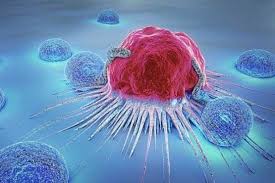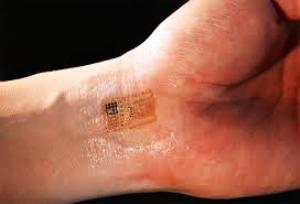The structure of nano-biosensors and the use of magnetic sensors to detect viruses (Nano-Microelectronics) Ph.D.
Researcher and author: PhD student : Afshin Rashid
Note: The structure of nanotechnology-based nano-biosensors for pathogenic virus detection has been summarized and special attention has been given to biosensors based on graphene oxide, silica, carbon nanotubes, gold, silver, zinc oxide and magnetic nanoparticles. That can pave the way for discovery. Viral diseases and healthy living provide for infected patients.
Sensor is a sensor, derived from the word sens, and means bio or bio-electro-medical, and it can convert bioassays and various vital signs and biological changes of cells in vivo into non- continuous electrical quantities. (Digital) conversion.
Biosensors or biological materials-based sensors now encompass a wide range of applications such as pharmaceuticals, environmental sciences, molecular identification of viruses in the human body. The sensor also covers the electrode surface with an enzyme that is also called the electrode caller. The sensor was later used to oxidize glucose. The sensor was used to measure blood sugar.
Similarly, the electrode was coated with an enzyme capable of converting urea to ammonium carbonate along with an electrode made of a biosensor NH4 + ion, which could measure the amount of urea in the blood or urine. Each of these two primary biosensors uses a different transducer in their signal transducers. In the first type, the blood glucose level is measured by measuring the electric current produced (amprometric), while in the urea sensor the urea concentration is measured based on the amount of electrical charge generated in the sensor electrodes. Refer to a physician and only on the basis of information provided by a COBD or Doctor-Board-on-Chip to diagnose the type of disease and then inject it into the bloodstream.
This will cause the side effects of the drugs needed to be reduced directly to the effect of Side Effects, why the drug goes down too much and is also delivered to the body where it is needed. The biological response to an electrical signal consists of two main components: the receptor receiver and the detector detector. The selectivity of a biosensor is determined by the acceptor. Enzymes, antibodies, and lipid layers (lipids) are good examples of receptors.
Conclusion:
Viruses are a real threat to human immunity that can cause a devastating virus. The high incidence of these diseases is due to misdiagnosis. Therefore, there is considerable demand for rapid, selective, and accurate identification of viruses. Several biosensors have been designed and commercialized to detect viruses. However, they present many challenges. Nanotechnology overcomes these challenges and performs direct detection of molecular targets in real time.
Author: Engineer Afshin Rashid
PhD student in Nano-Microelectronics at Islamic Azad University, Science and Research Branch, Tehran





